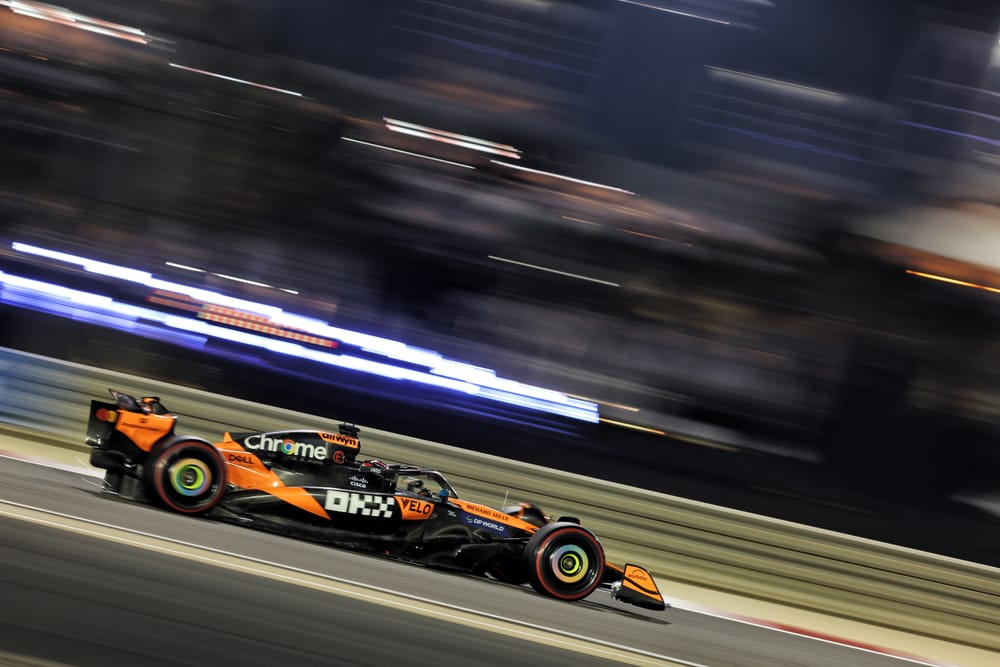It was only a little over a month ago that the Formula 1 cars were last at Sakhir for pre-season testing, but it may as well have been a year ago, so different were the conditions for Bahrain Grand Prix practice and therefore the behaviour of the cars. Or more specifically, their tyres. Grip levels and degradation rates at a track temperature of 36°C was of an entirely different order to the tests - when the track ran between 16-18°C.
"Everything feels dreadful," said Lando Norris. "But relatively, it looks like we’re in a reasonable place."
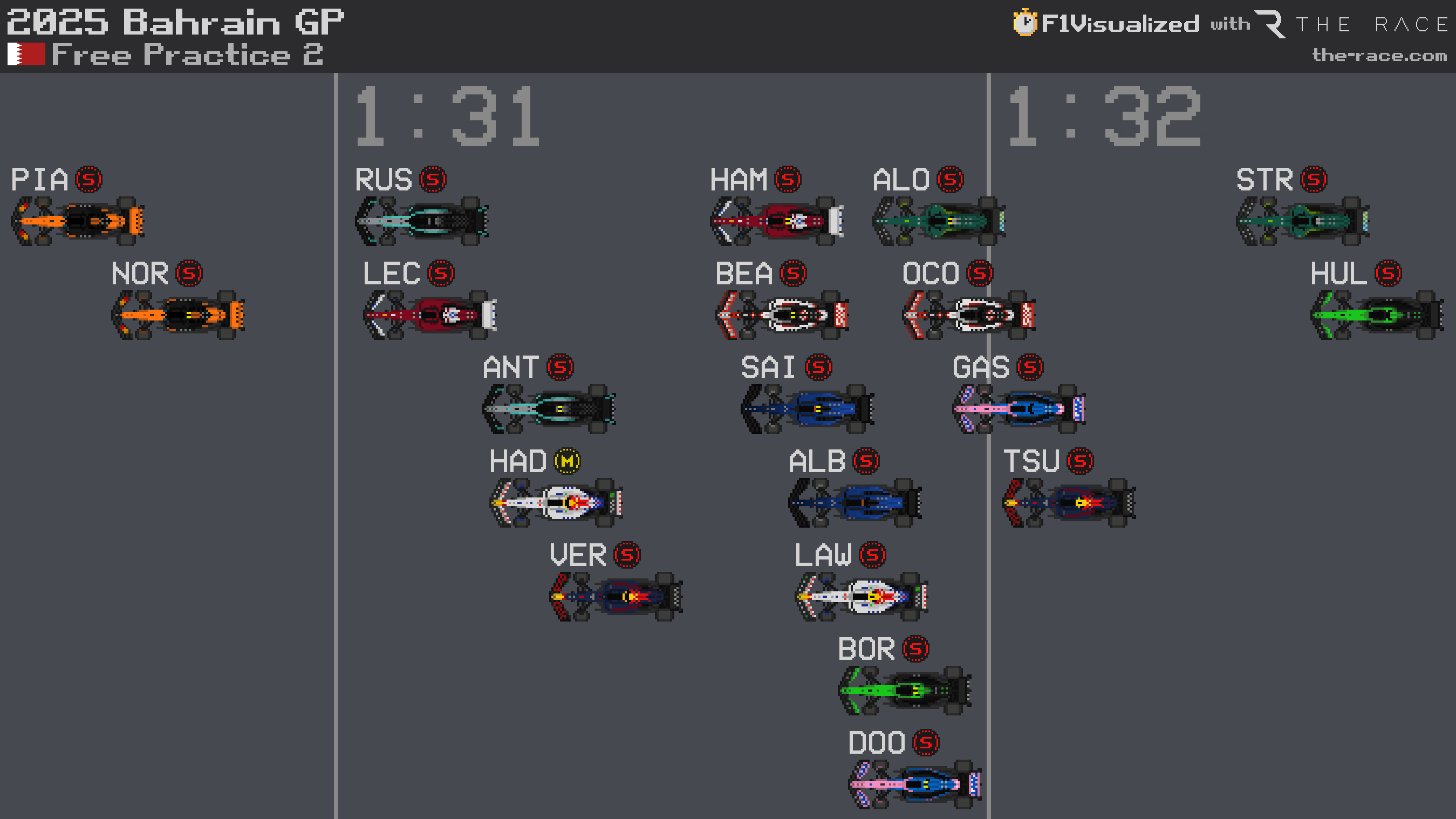
He’s understating the case of how dominant McLaren looks here. With the Sakhir track the toughest challenge the rear tyres see all season, it’s perfect McLaren territory.
Recall how the McLarens pulled away from the others in the final sector of qualifying at Albert Park when everyone else’s tyres overheated? Or how after about 10 laps in the race there, they pulled away from Max Verstappen’s Red Bull at almost 1s per lap for much the same reason?
Neither Shanghai nor Suzuka placed the challenge upon the rear tyres. But that challenge is back with a vengeance here – and it’s no surprise to see the McLarens looking so superior.
On single-lap pace, the apparent advantage is around 0.5 seconds. Oscar Piastri and Norris set their session-heading times within the same minute as the third- and fifth-place times of Mercedes drivers George Russell and Kimi Antonelli and Verstappen’s seventh-fastest time. But those third to seventh positions are covered by only 0.3s, way less than the gap McLaren has over third.
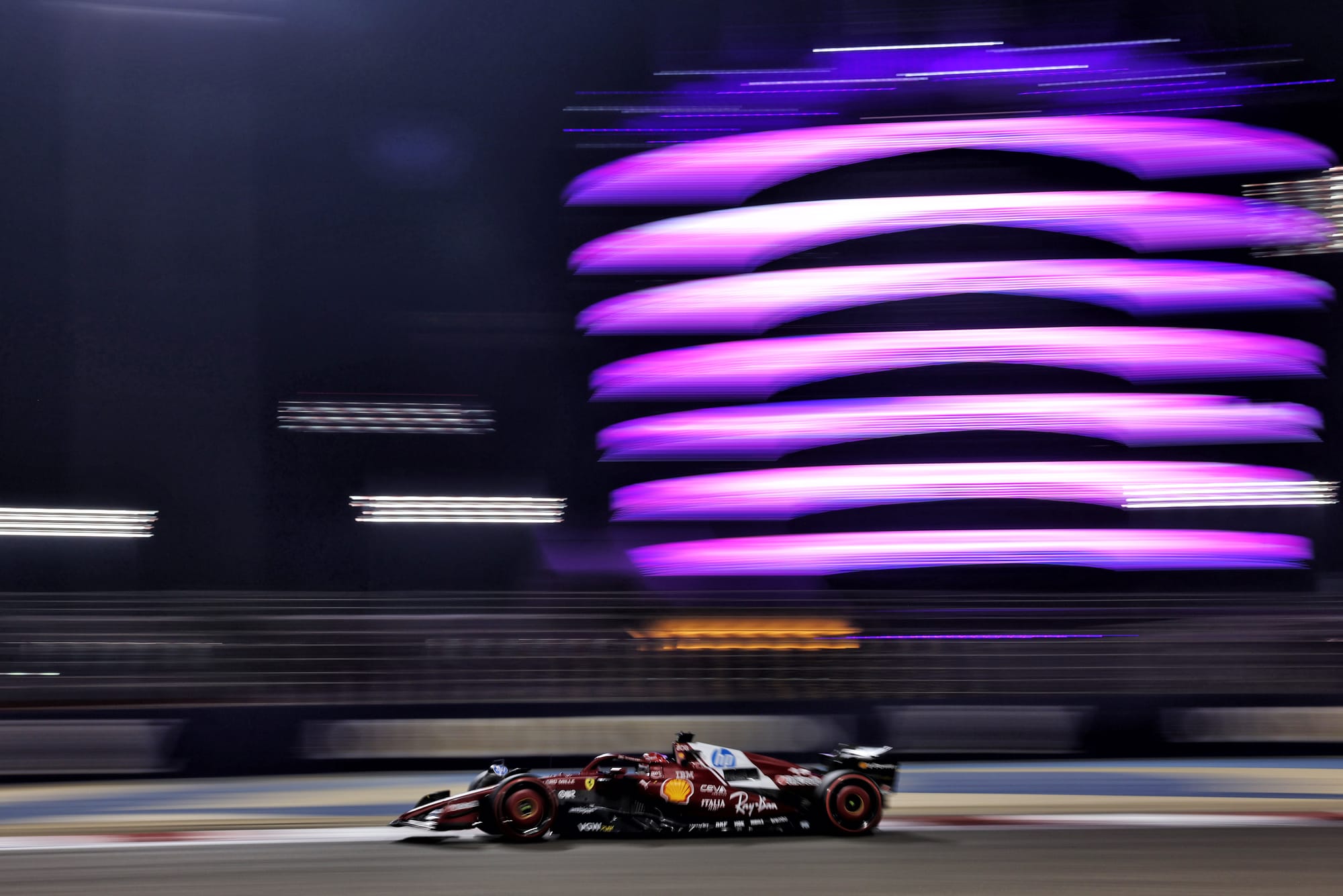
Charles Leclerc’s fourth position is flattered by him having done an extra soft tyre run on an improving track. Lewis Hamilton did much the same in the sister Ferrari but a major moment on that second set means he didn’t improve.
On the evidence of Friday running, the Mercedes appears to be a distant but genuine second-fastest with a significant advantage over the equally struggling Red Bull and Ferrari.
Mercedes is running a relatively skinny rear wing here, trying to maximise aero efficiency, and at the end of the pit straight Russell has an 11km/h (6.8mph) advantage over Piastri.
The following straight to Turn 4 buys Russell more time and on the exit of that turn he is over 0.3s ahead on the lap.
But the fast curves of the middle sector are where the McLaren comes into its own. By the exit of Turn 8 Piastri has clawed all of that deficit back – and for the rest of the lap he just keeps pulling away, the McLaren clearly keeping its rear tyres in better shape. He finishes the lap 0.527s ahead.
On Leclerc’s lap the Ferrari has a smaller straightline advantage over the McLaren than does the Mercedes. But it hangs onto more performance than the Mercedes through the downhill curves of Turns 5-7 and it takes until Turn 10 for Piastri to go ahead on the lap.
Again, that advantage just builds as the McLaren treats its rubber less harshly. By the end of the lap Oscar is 0.54s ahead of the Ferrari.
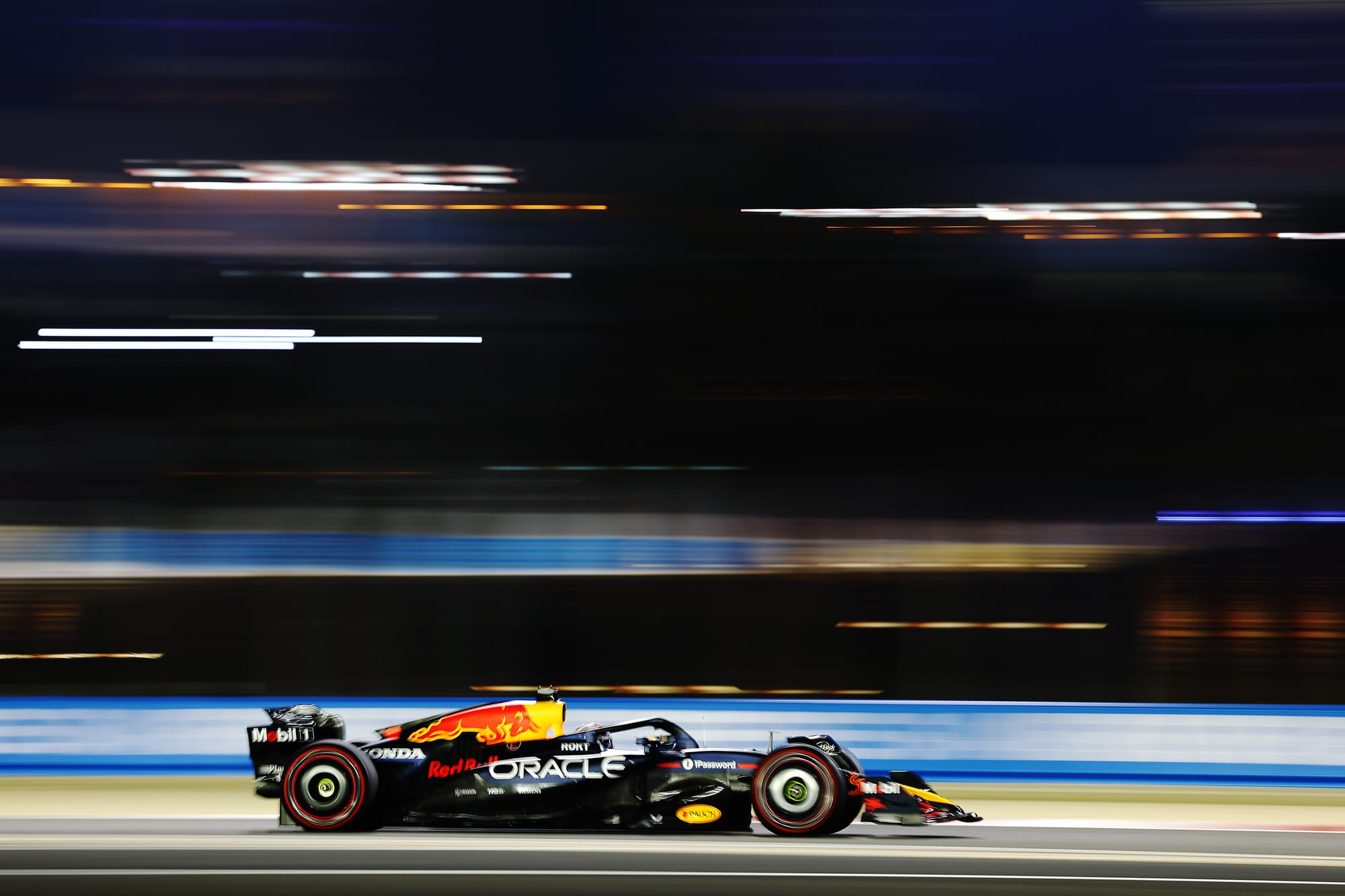
Verstappen’s Red Bull has a similar straightline speed profile to the McLaren but is not as quick as either the McLaren or the Ferrari through Turns 5-7. It bleeds away tyre-degradation laptime once past Turn 11 and Verstappen crosses the line 0.825s behind.
The long run numbers shown flatter Piastri’s advantage over team-mate Norris because he split his runs between an initial hard tyre run and a subsequent shorter stint on a set of softs.
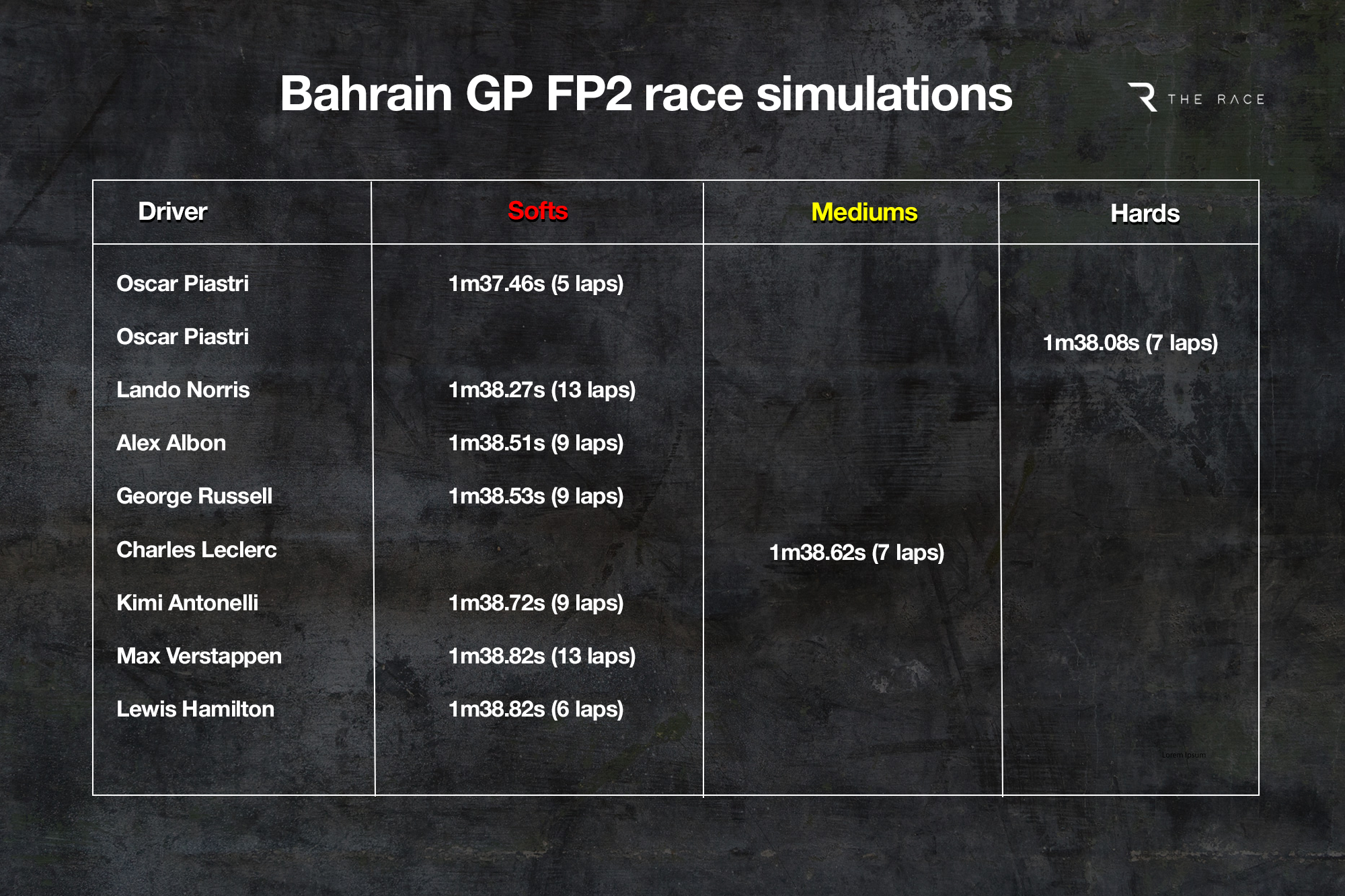
Norris stayed with the softs for a full 13-lap stint simulation. But even though Norris ran four more laps than Russell on the same tyre, his average was a quarter second faster. The implication is that his real advantage over the Mercedes – ie the next-best car – was around 0.5s. And Piastri was yet faster…
"The long run was quite tricky," said Antonelli – who missed most of FP1 to an intercooler problem. "It was completely different to what we had in testing so I need to adapt. But overall, despite the issue in FP1, it was still a positive day." The McLarens, however, will be ‘far away’, he believes.
"Oh, it’s big," said Verstappen of the deficit to McLaren. "There’s just no grip. The balance is not too bad. We have quite a bit of work to do. We’re just too slow. It was not a lot of fun in the long runs, just a bit of drift practice."
Team-mate Yuki Tsunoda struggled in the sister car and was afterwards irritated with himself for "giving away free laptime" with his messy tyre warm-up and switch changes.
The Ferrari drivers appeared to be struggling to find a consistency between the slower and faster corners, regardless of the car’s new floor.
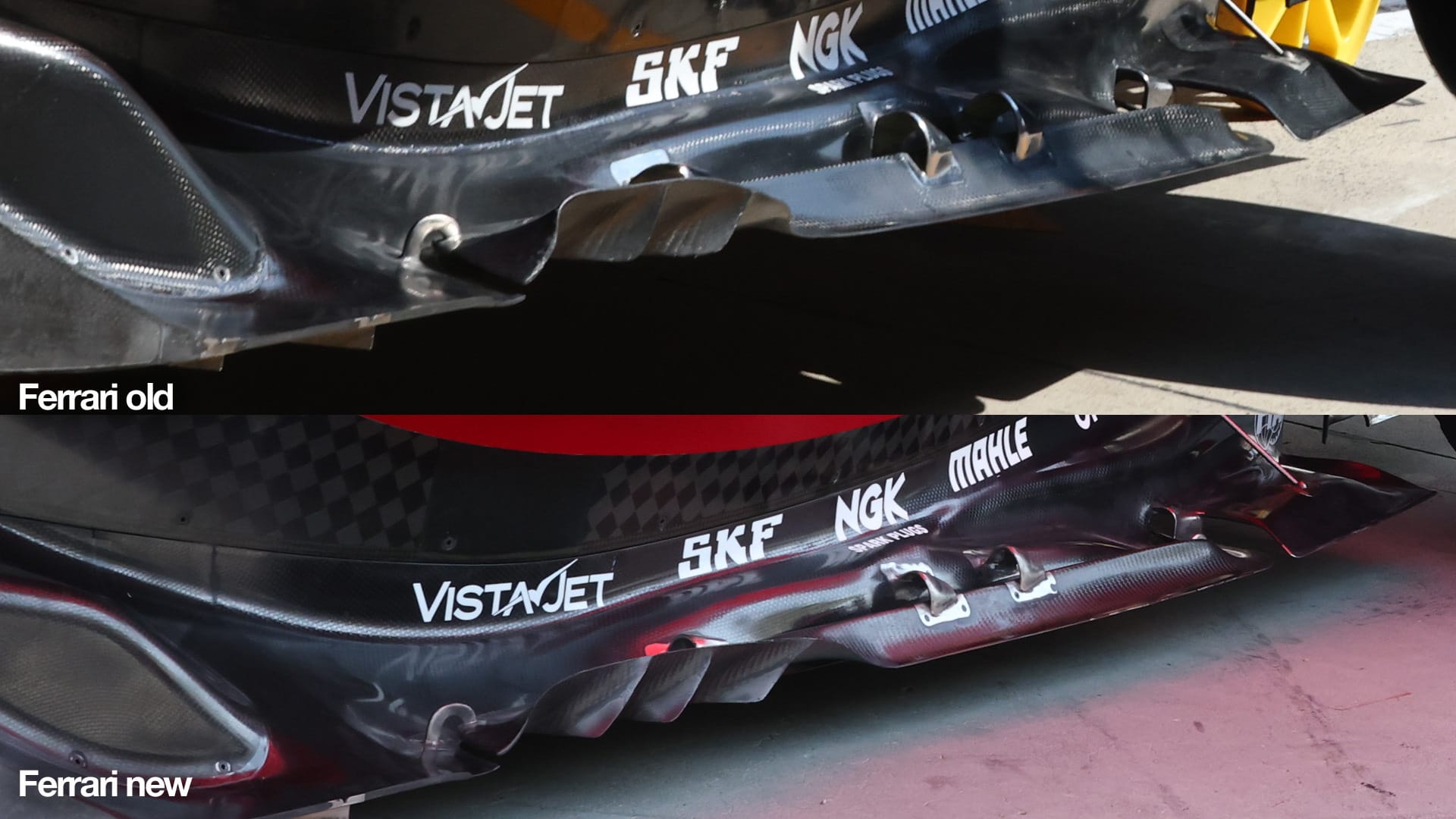
"The feeling in the car is completely different and we have to adjust the car to suit it. The temperatures are so much higher than during testing," said Leclerc. "We will work on that tonight and try to optimise the set-up.
"I’m trying to push in a direction that will allow me to extract the most out of the car for my driving style. With our competitors ahead of us by quite a bit, I’m motivated to close that gap as soon as possible. We have to focus on maximising the potential of our car.
"I think we can still find some performance ahead of qualifying and we will do everything to extract the most from our upgrade."
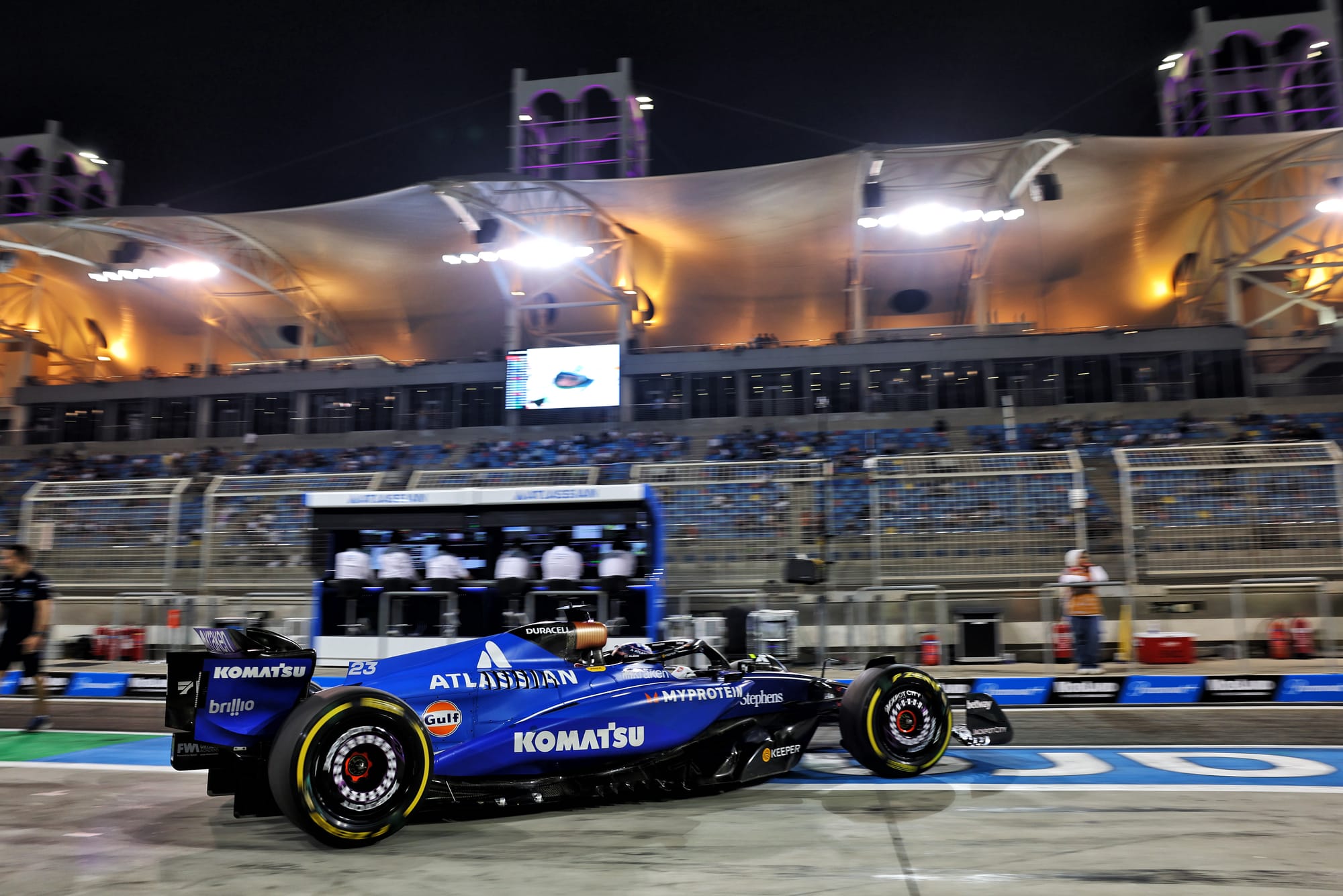
On paper Alex Albon’s long run for the Williams was highly impressive, marginally faster than Russell's over the same number of laps. However, prior to that soft-tyre run he did three laps trying out the mediums, without a refuel in between. Typically, Williams tends to run this session a little lighter than the top teams, too.
Nonetheless, it was a significantly quicker run than that of Isack Hadjar in the Racing Bull - which is invariably Williams’s close rival in the ‘best of the rest’ contest. Hadjar’s sixth-fastest time on the low-fuel runs was made later than that of the two Williams.

